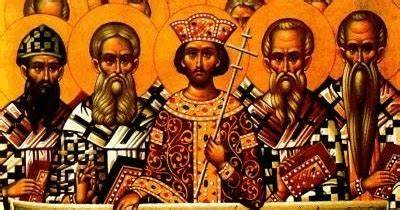So Help Me God: Religious Salience and American Christianity
- R. Bingham - Staff Writer

- Jan 1, 2023
- 3 min read
Updated: Jan 2, 2023

It is no question that the United States is a nation of at least nominally religious origins, and one that, upon its founding, housed numerous Judeo-Christian minorities: Puritans, Quakers, Baptists, Jews, among others. Faiths intermingled, shared characteristics, and interacted with their governments overtly only to the extent that they would be allowed to maintain their religious freedom. Indeed, notions of limited interaction between religion and government in the United States date as early as 1644, with Roger Williams’ promulgation of a “wall of separation” between the Church and worldly affairs.
Consequently, early American Christianity was predicated on disestablishment and diversity, an ironic truth when many contemporary religious conservatives subscribe to a dogmatically homogenous and strict construction of the Bible. Even today, as evangelical Christians vote in droves for an increasingly populist Republican party, this evolutionary character remains.
In addition to its cultural context, regional lines also dictated Christianity’s development. The Southeastern United States, for example, was an epicenter for Anglican, Methodist, and Baptist proselytization throughout the nation’s early history. Now known as the “Bible Belt” for its large Christian population, the region has continued to take on a clearly religious tone. Indeed, many of its citizens identify and prioritize their regional identity, claiming to be “Americans” only “by birth,” but “Southern by the Grace of God.”
Moreover, the American South has the lowest population of religiously unaffiliated voters, the greatest prevalence of school prayer, the highest proportion of Christians, and the most consistent Republican voting record today, a set of traits which cannot be a coincidence. In the presence of partisan sectionalism, then, if regional solidarity is coupled with providence and if providence is coupled with politics, it is unsurprising that many Southern voters view their identity as Republicans as deeply bound to their identity as Christians.
Of course, the political implications of religion are not isolated to the South. In recent history, the Midwest, where some 73% of the population identifies as Christian, has also long been a conservative stronghold. The 2016 Presidential election additionally saw a Trump-favorable mobilization of blue-collar conservative Catholic voters in the Rust Belt, a bloc of Americans with political leanings similar to the majority Protestant or evangelical Christians in other parts of the nation. Even California maintains “a number of very large [Protestant] churches that have been active in politics,” as Daniel Williams, a professor at the University of West Georgia and author of “God’s Own Party: The Making of the Christian Right,” told the HPR. Conservative Christianity, thus, has managed to remain politically relevant throughout the country and likely informs millions of people as they cast their ballots.
When the Christian Right burst onto the scene in the late 1970s, many political observers were shocked. But, as God's Own Party demonstrates, they shouldn't have been. The Christian Right goes back much farther than most journalists, political scientists, and historians realize. Relying on extensive archival and primary source research, Daniel K. Williams presents the first comprehensive history of the Christian Right, uncovering how evangelicals came to see the Republican Party as the vehicle through which they could reclaim America as a Christian nation. A fascinating and much-needed account of a key force in American politics, God's Own Party is the only full-scale analysis of the electoral shifts, cultural changes, and political activists at the movement's core--showing how the Christian Right redefined politics as we know it.



Comments